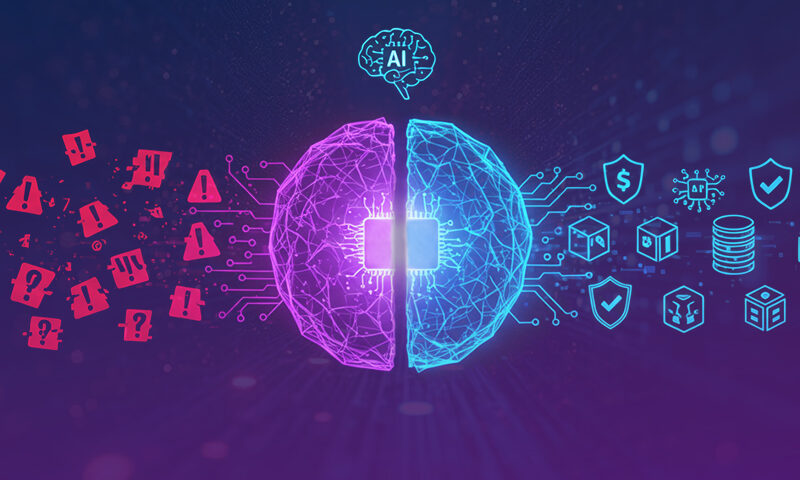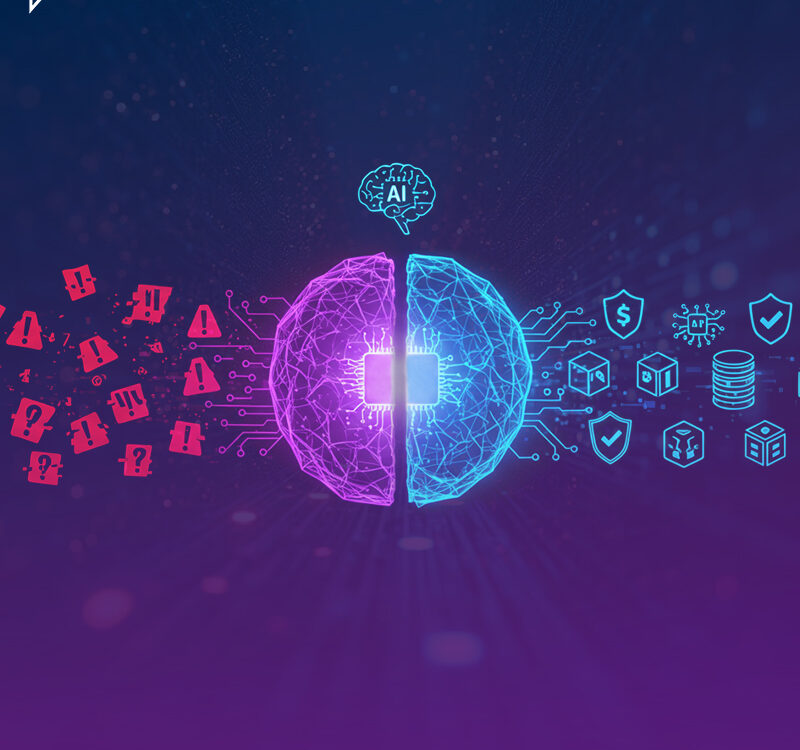
AI-Powered Workflows for Incident Response: Context-Aware Remediation Actions
March 14, 2025
How AI Agents Enhance Security Teams’ Productivity
March 21, 2025
AI-Powered Workflows for Incident Response: Context-Aware Remediation Actions
March 14, 2025
How AI Agents Enhance Security Teams’ Productivity
March 21, 2025Table of contents
- “We thought we were getting faster - until we realized we weren’t getting better.”
- Why Most Response Workflows Hit a Wall
- How AI-Driven Workflows Shift the Focus to Outcomes
- What Security Teams Can-and Should-Track Today
- Real-World Impact: What This Looks Like in Practice
- Outcome-Driven Security: The Next Step in SOC Maturity
- What to Watch Out For
- Final Thought: Don’t Just Respond Faster-Respond Smarter
“We thought we were getting faster - until we realized we weren’t getting better.”
That’s what one security leader told us after reviewing their team’s performance over a quarter. On paper, everything looked good-alerts were being triaged quickly, tickets were closed faster, and dashboards showed steady MTTR improvement.
But under the surface, familiar problems persisted.
Incidents reappeared. Remediation steps were inconsistently applied. Analysts made decisions in silos, and the root causes often slipped through the cracks.
The problem? Speed was being measured. But outcomes weren’t.
This is the gap we see over and over again in modern security operations. The goal isn’t just faster response. It’s smarter, repeatable, and measurable improvement.
And that’s exactly where AI-driven response workflows come in.
Why Most Response Workflows Hit a Wall
Traditional workflows focus on volume and velocity:
- How many alerts can be triaged per day?
- How quickly can we close an incident?
- How low is our MTTR this month?
But none of that tells you how effective your response actually is.
Fast response doesn’t guarantee containment.
Closing a ticket doesn’t mean the threat is neutralized.
And without a feedback loop-one that tracks remediation quality, long-term incident recurrence, and decision consistency-your SOC may be efficient, but not improving.
How AI-Driven Workflows Shift the Focus to Outcomes
AI-powered response isn’t about execution-it’s about empowering analysts with insight, guiding them through smarter decisions, and making every incident a learning opportunity.
Here’s what makes these workflows fundamentally different:
1. Every Response Becomes a Data Point
AI tracks which recommendations were followed, what steps were skipped, and how those decisions affected the outcome.
Over time, this creates a knowledge base of what works best for your environment, not just what’s been predefined in static playbooks.
2. Feedback Loops Create Smarter Next Steps
Rather than following the same steps every time, AI highlights how prior incidents were handled-and which approaches were most effective.
This allows teams to evolve their response model based on lived experience-not guesswork.
3. Metrics Go Beyond MTTR
Now, you’re not just measuring how fast something was resolved-you’re measuring:
- Whether it was resolved correctly
- How many times that type of threat has returned
- How aligned the response was across teams
This shift turns incident response into a continuous improvement engine-not a checkbox exercise.
What Security Teams Can-and Should-Track Today
Traditional metrics like mean time to detect/respond/resolution (MTTD/MTTR/MTTR) still matter, but they’re just part of the story.
AI-driven workflows enable measurement of what truly matters:
- Containment Effectiveness
Are we stopping the spread early or responding after damage is done? - Remediation Quality
Are analysts addressing the root cause or just applying a temporary fix? - Recurring Incident Trends
Which types of threats or misconfigurations keep coming back-and why? - Decision Consistency
Are analysts applying the same logic to similar incidents, or are responses varying by person or team? - Workflow Efficiency Over Time
Where are delays happening, and how can they be removed?
Real-World Impact: What This Looks Like in Practice
1. MTTR Down, Recurrence Down
In one deployment, a global SOC reduced MTTR by 47% after integrating AI-assisted response workflows. But more importantly, recurrence of the same incident types dropped by 35%-because remediation quality improved, not just speed.
2. Consistency Across Teams
AI surfaced inconsistencies in how different analysts responded to privilege escalation alerts. With these insights, the team created a standard response path, leading to a 60% increase in resolution consistency and fewer escalations to Tier 2.
3. Smarter Workflow Adjustments
The AI identified that analysts were skipping DNS analysis steps in phishing incidents. Based on this, the team revised their investigation flow, resulting in a 42% increase in command-and-control detection.
Outcome-Driven Security: The Next Step in SOC Maturity
Think of your response function not as a checklist, but as a feedback system.
Every incident adds intelligence. Every decision contributes to improvement.
With AI providing the connective tissue between events, actions, and results, your security operations move from:
- Fast → Fast + Accurate
- Reactive → Insight-Driven
- Manual → Measured and Tuned
You’re no longer just closing alerts.
You’re closing gaps in your defenses-and proving it with data.
What to Watch Out For
No system is perfect. Here’s what to keep in mind as you implement AI-guided workflows:
- Don’t chase metrics at the cost of context
High-speed triage is useless if it leads to shallow analysis. - Keep the analyst in control
AI gives suggestions-not instructions. The human remains in charge. - Feed the system with quality data
Your outcomes are only as good as the visibility and telemetry feeding the AI.
Final Thought: Don’t Just Respond Faster-Respond Smarter
Speed matters. But it’s not the metric that defines a resilient security operation.
With AI-driven workflows, you now have the ability to:
- Track the real impact of your security decisions
- Surface areas of improvement you can act on
- Build repeatable, high-quality response paths that evolve over time
This is how modern SOCs move from busy to better.
From noise… to outcomes.
Let’s Make Response Measurable
If your team is optimizing for speed but struggling to track true impact, let’s talk.
Book a demo to see how AI-driven workflows help you respond with confidence-and prove it.




